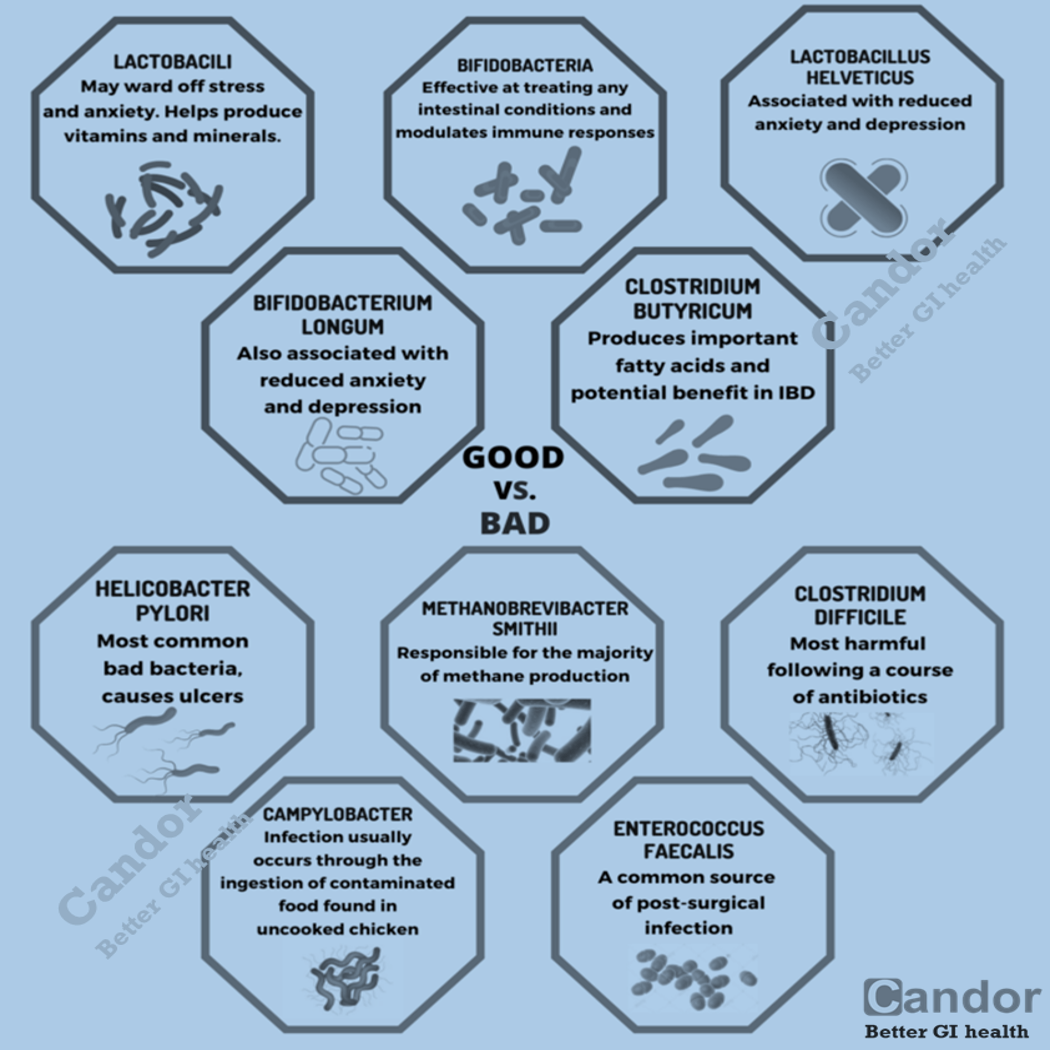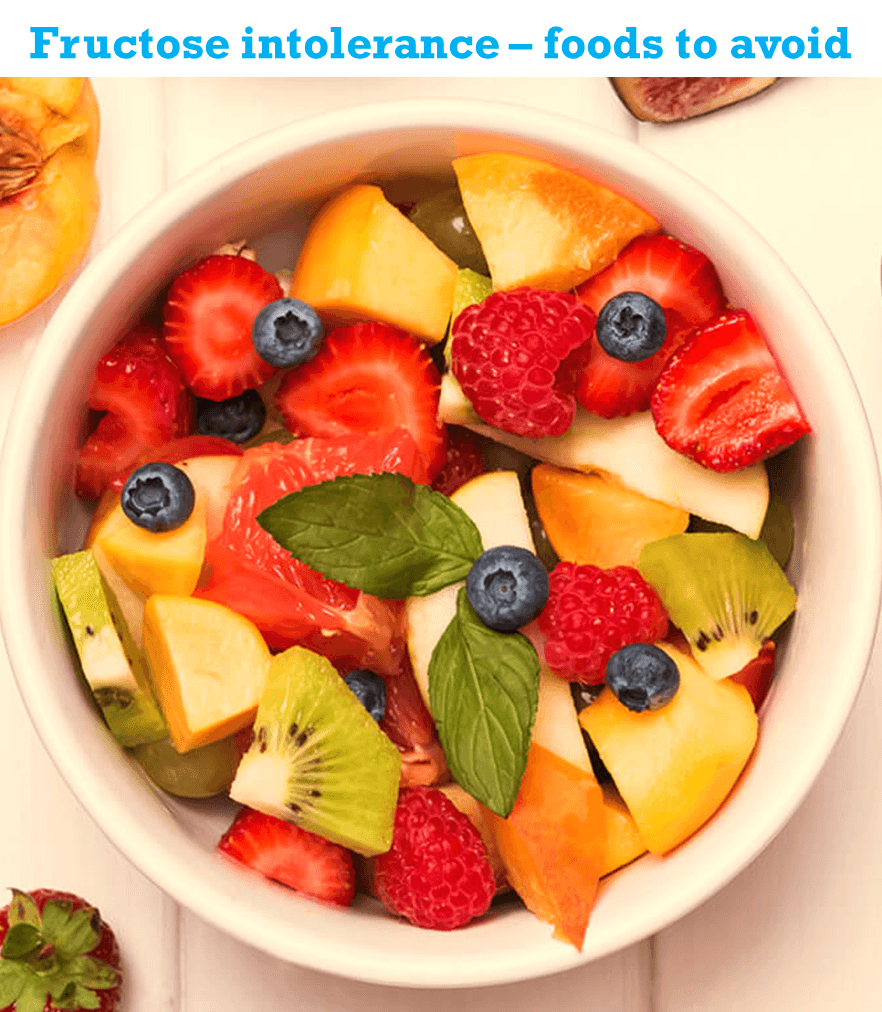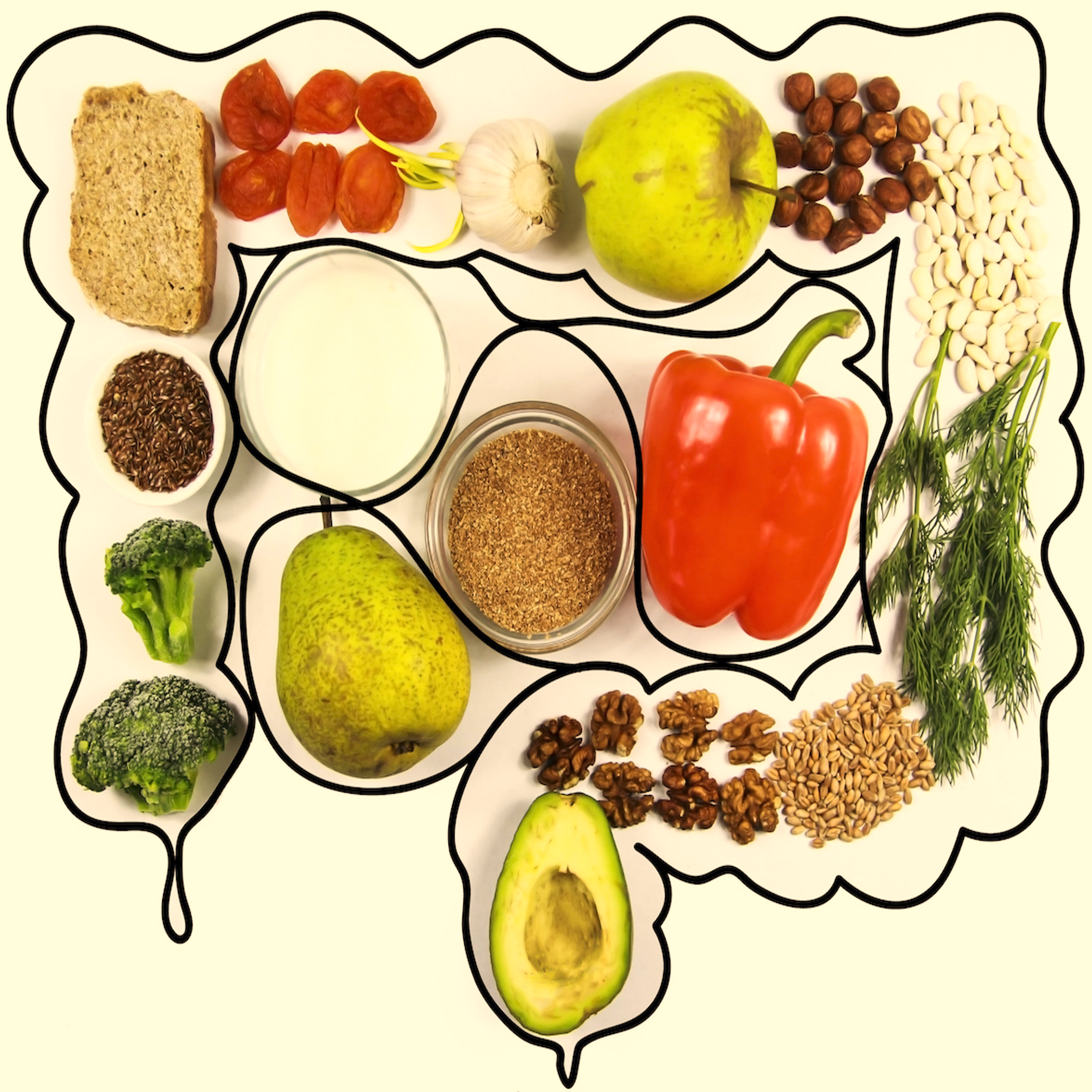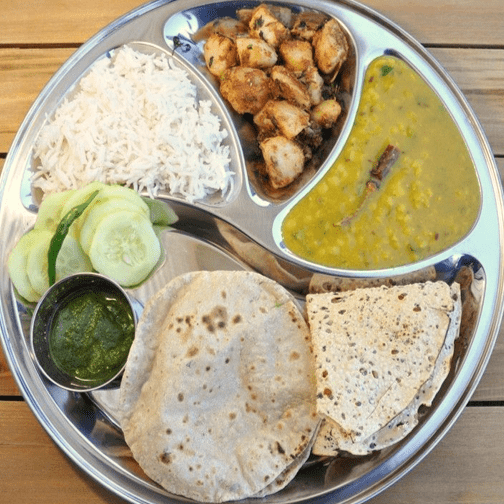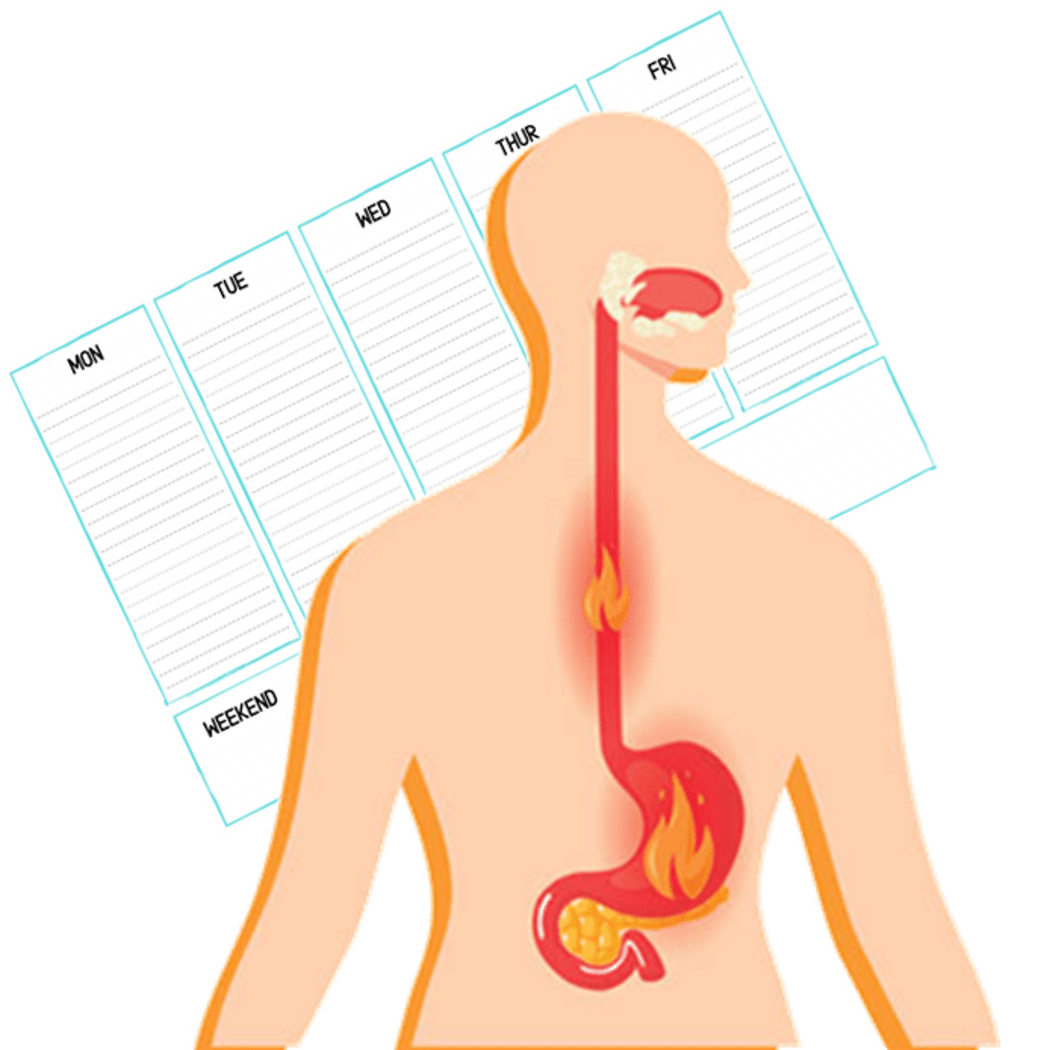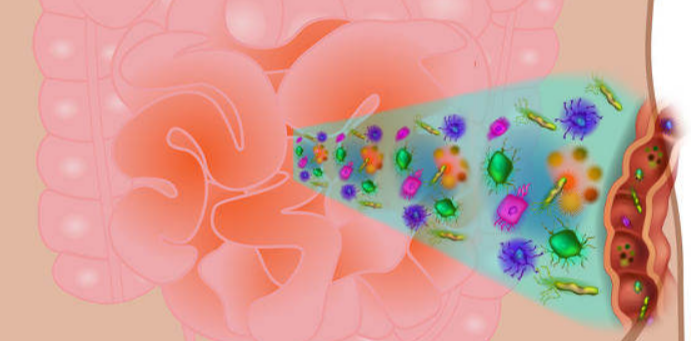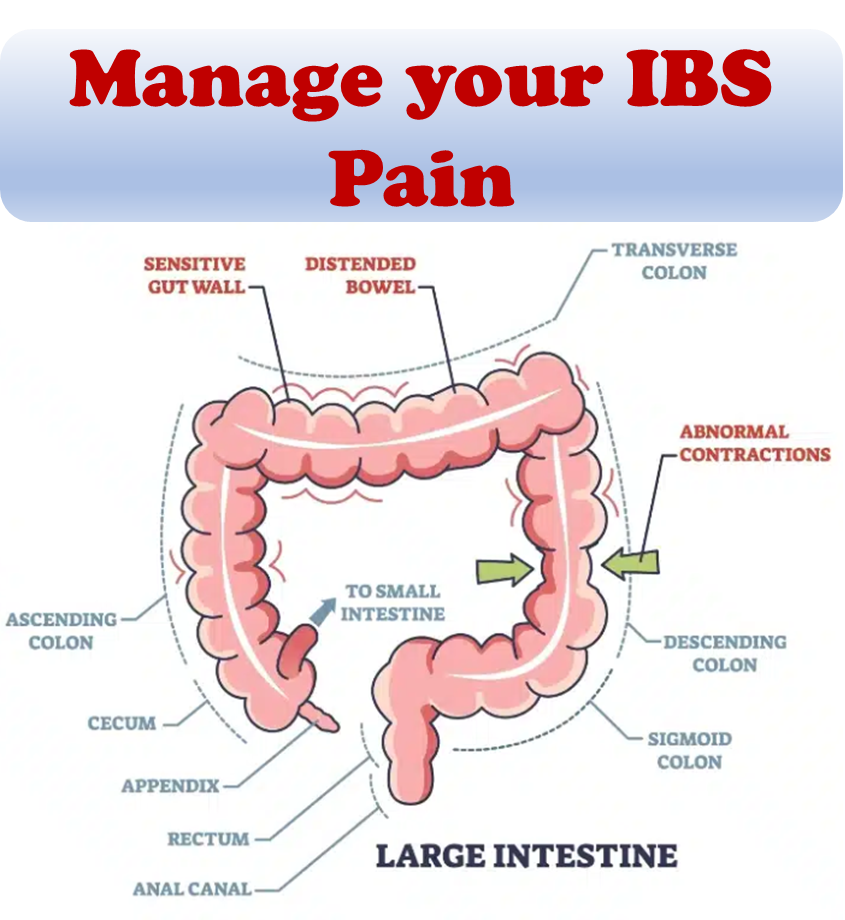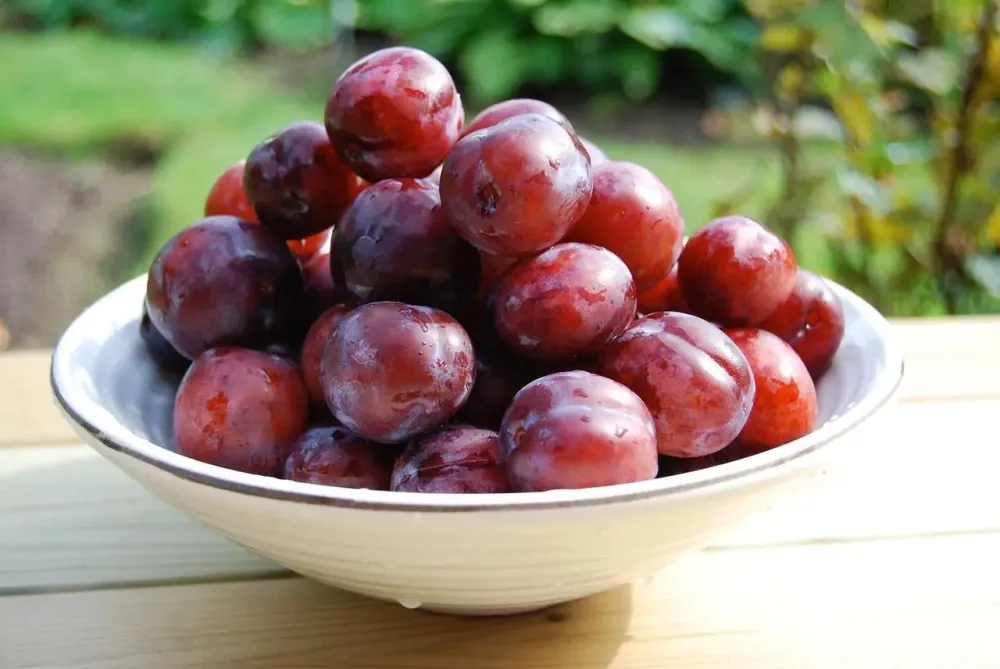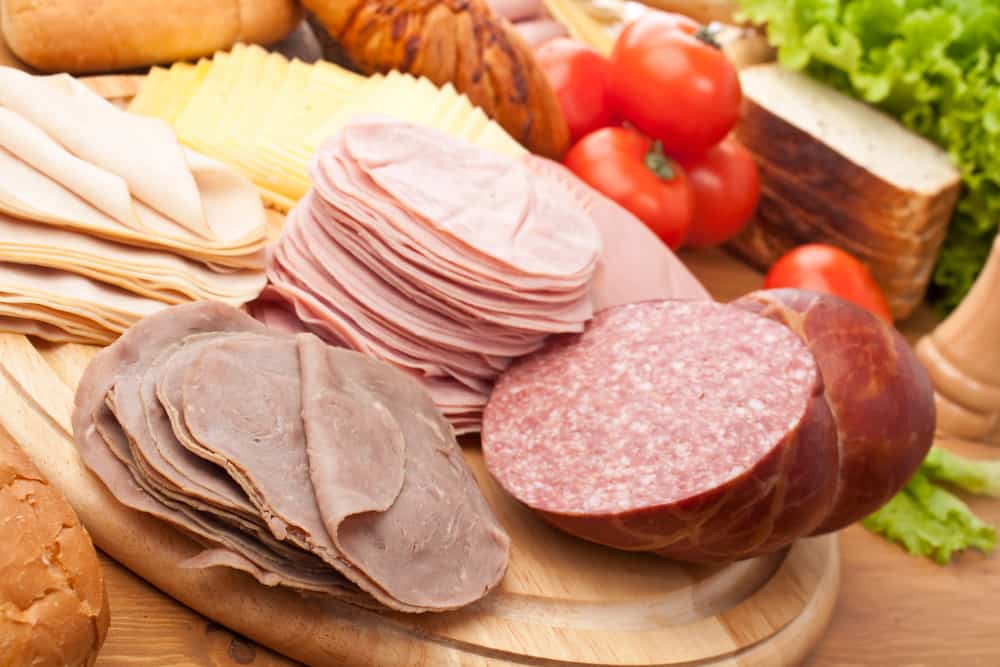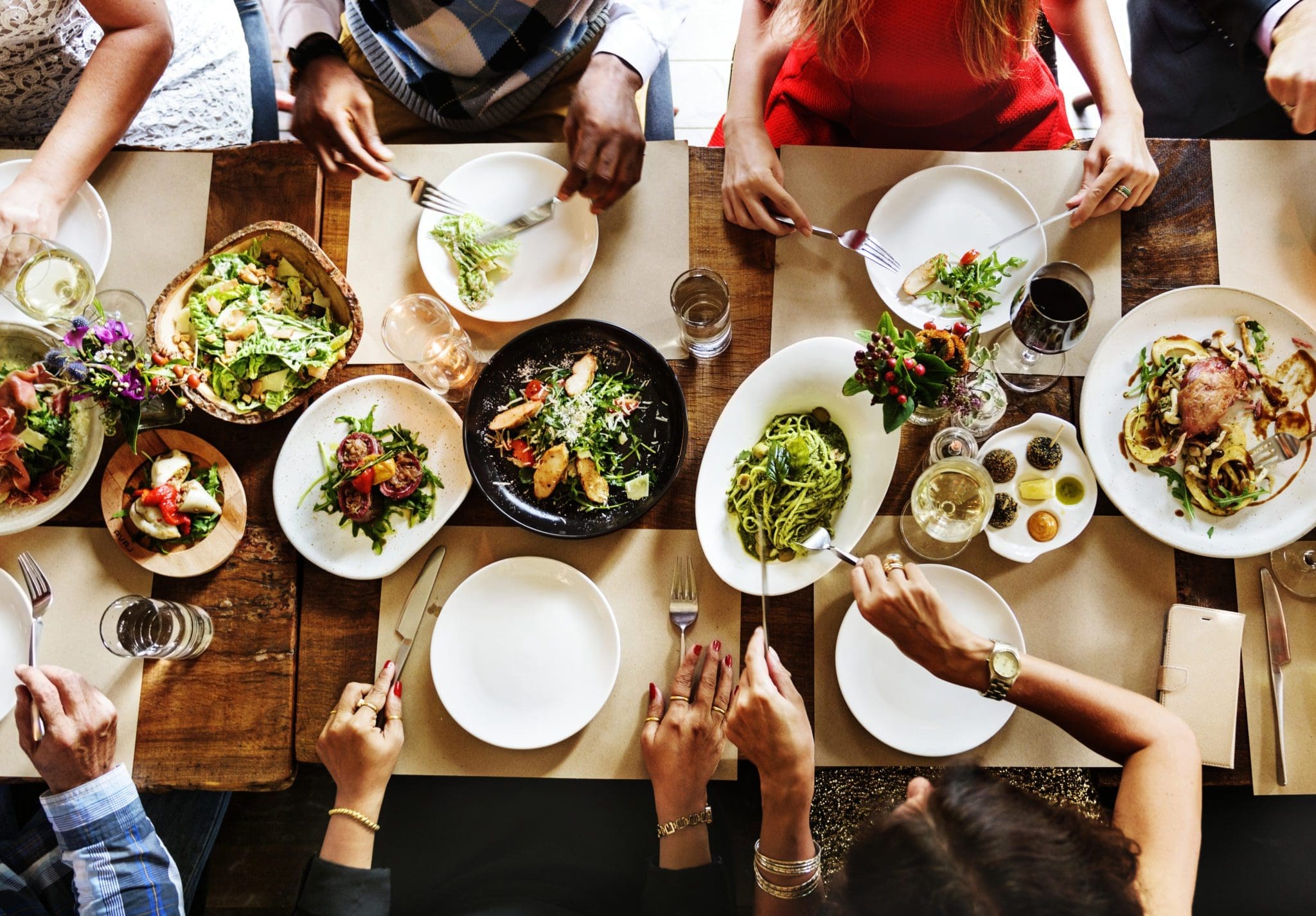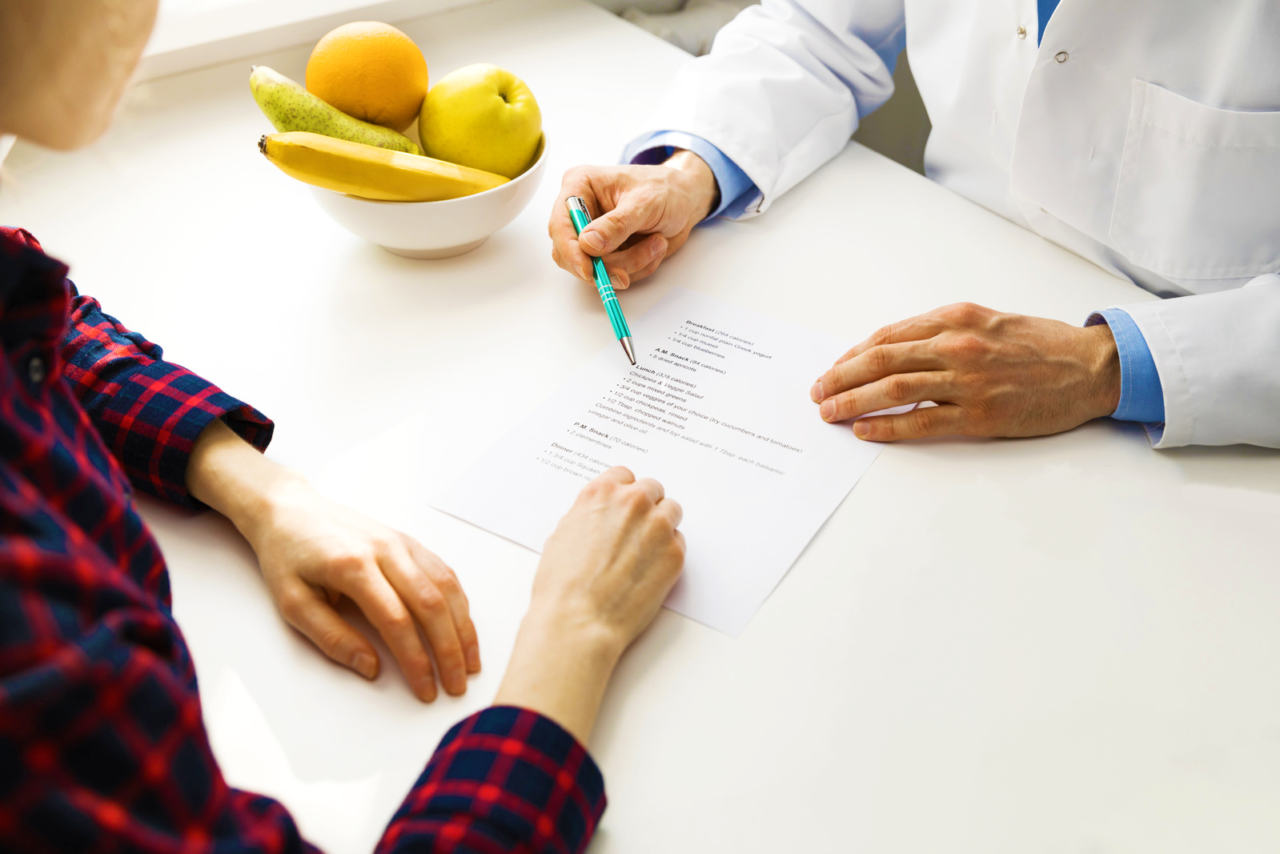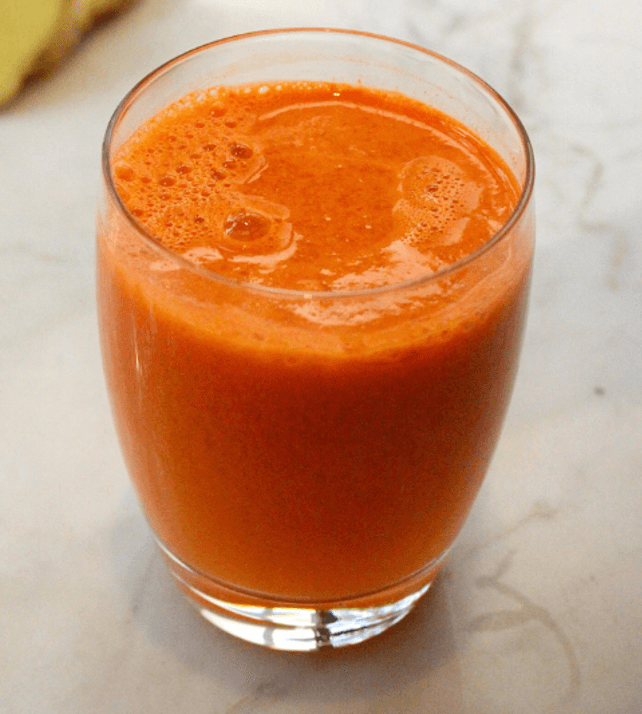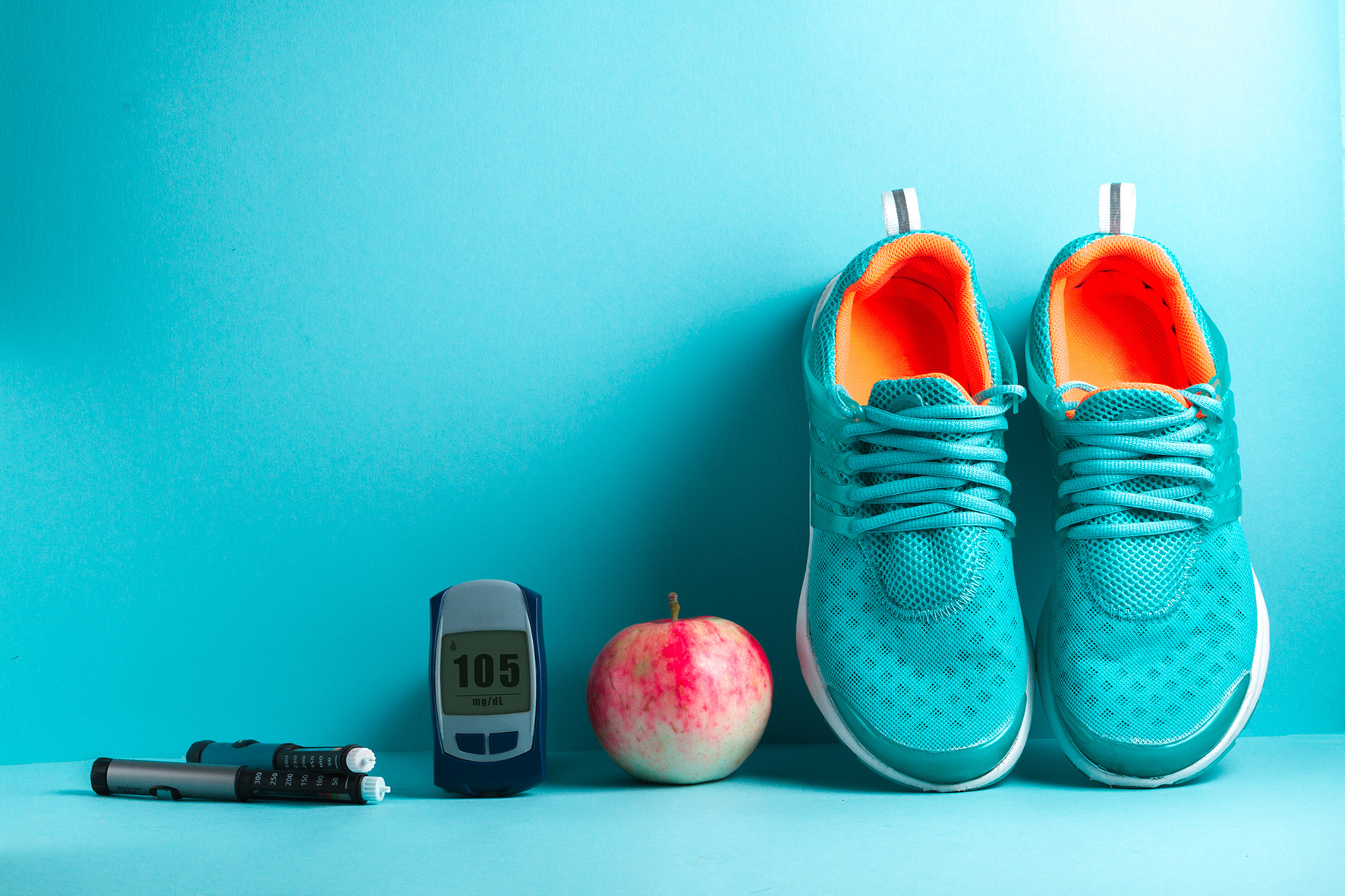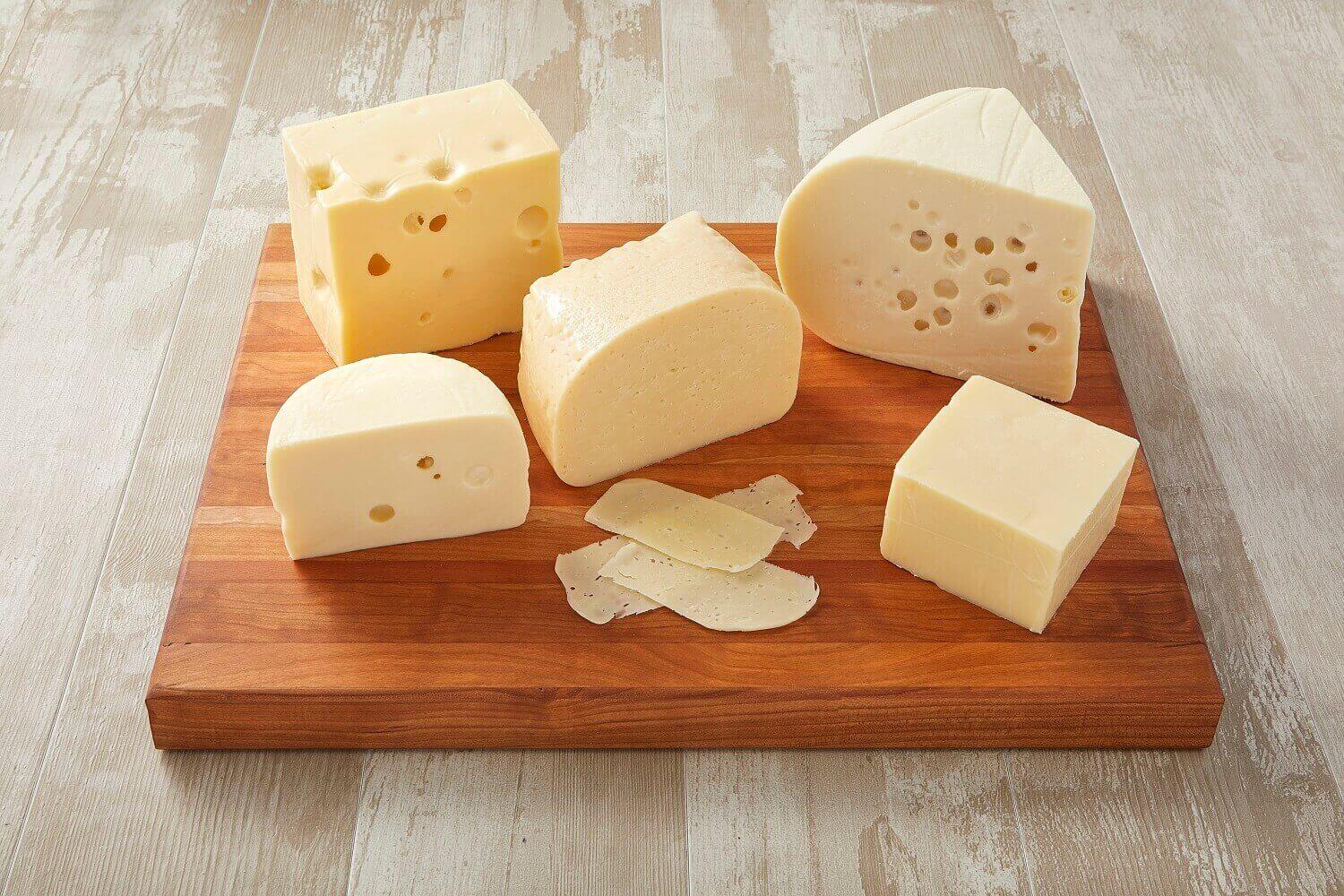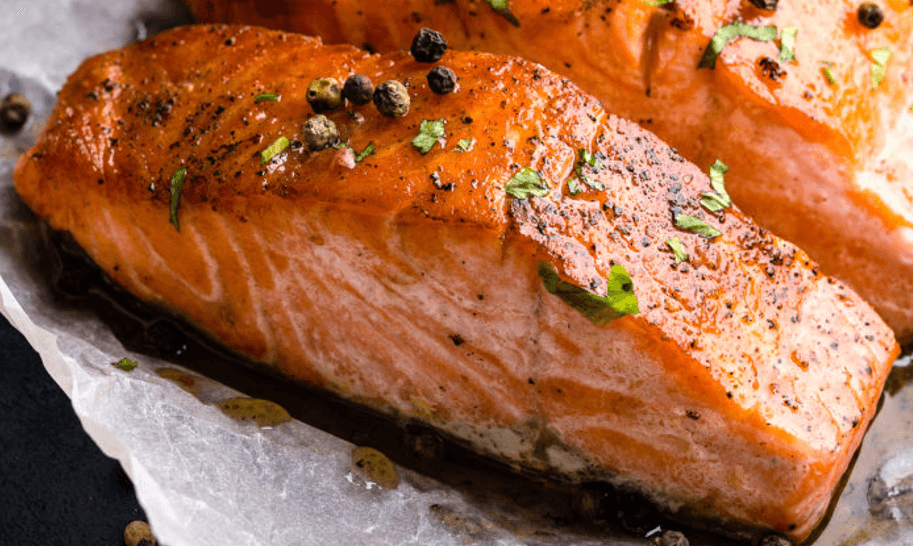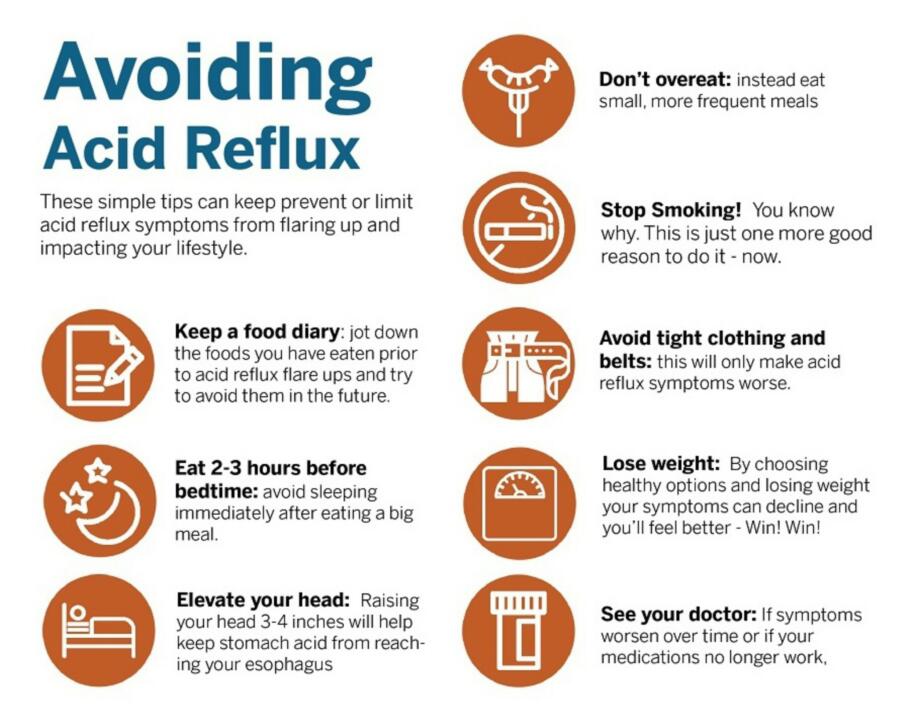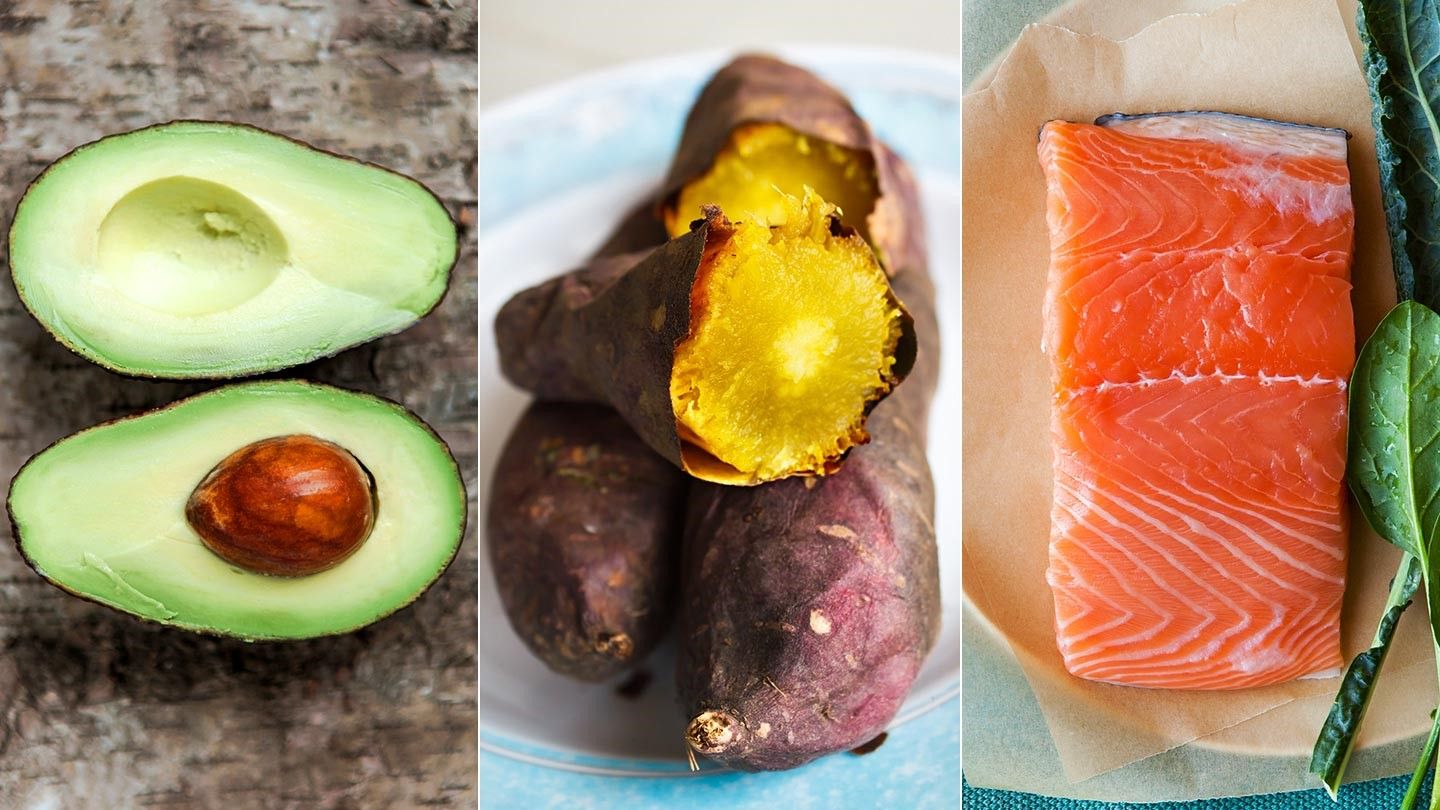It is common for the symptoms of IBS to fluctuate over time – there are good times and bad times. IBS symptoms can vary greatly between individuals and they might vary over time.
Based on experience, avoid overeating – this tends to make IBS symptoms worse the next day. Eat early, if possible, get done with dinner by 8pm and avoid big portions after. Try to eat smaller meals at regular intervals vs 3 square meals. Avoid foods high in starch and understand your fiber limits. If you are new to fiber, go gradually. If you are trying a new fruit or vegetable, have a small quantity to avoid excess gas from incompletely unabsorbed carbs.
Keep a diary and track which foods cause symptoms. Dairy can be an issue for a lot of people with IBS, and it can take 2-3 years to understand specific food combinations and ingredients that help minimize symptoms. It helps to understand the science and digestion process as well. Meat and seafood are largely digested in the stomach, an environment where there is little bacteria. Starch is mostly digested in the small intestine, which might be a problem if you have SIBO. Vegetables are usually broken down in the colon, and almost everyone might be better off eating low-fermenting carbs. Sometimes it helps to reset for 2-4 weeks by sticking to a meat and seafood diet as much as possible, with easy to digest vegetables such as carrots, okra, cucumbers or bell peppers. Depending on how it goes, slowly introduce mild spices for flavor if you crave it.
Of course, this is all very subjective and highly dependent on the individual makeup. While the process can be a downer early on (especially avoiding yummy foods like pizza and chocolate!), it also helps to see the upside. It takes a lot of will power early on, but soon it becomes a habit and almost second nature. Soon, you will be more confident going out with friends to restaurants – look at the menu ahead of time, and form plan A, B, C for what to order (in case the kitchen can’t make modifications that you need).
Over the years, experiment with different cuisines and combinations and you might discover a whole world of foodie goodness. We love sashimi, dumpling houses and Thai! You might also discover nuances in how you react to specific foods like nuts – for example, peanuts could be worse than cashews and walnuts. Take it one step at a time, isolate your safe food and drink list. A little exercise goes a long way too – especially for the mental side.
Follow us on:
http://www.facebook.com/getcandorapp


